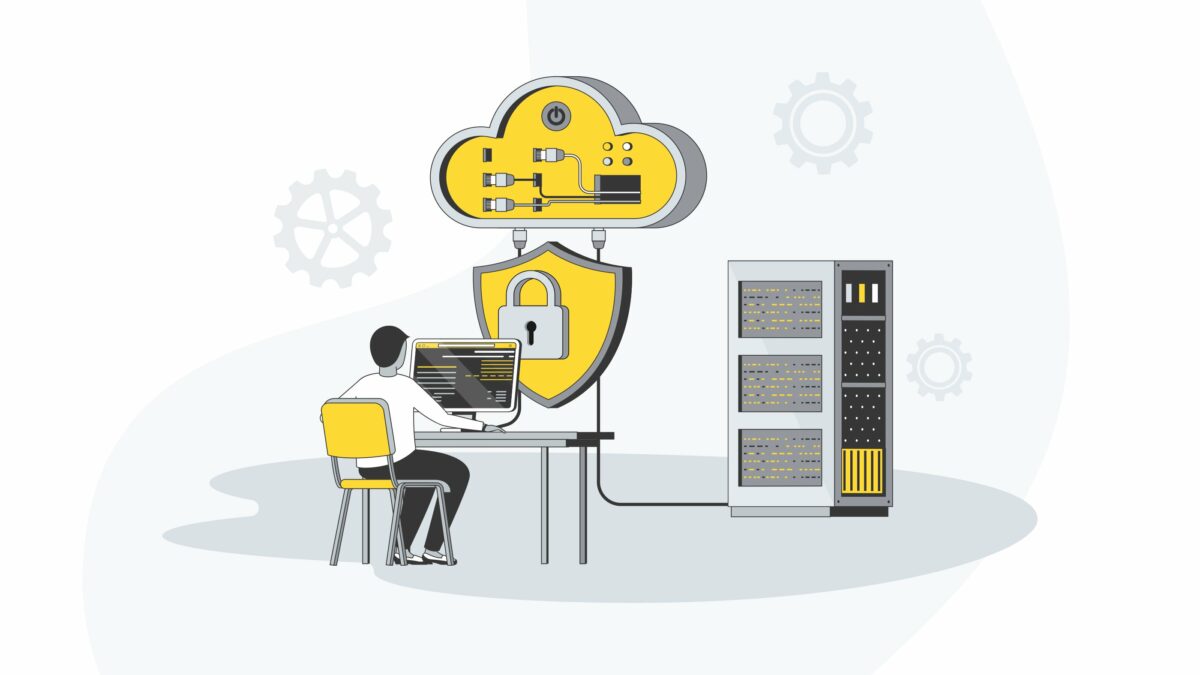In an increasingly data-rich environment, businesses and individuals are increasingly looking for alternatives to storing and sharing information from their own networks. Not to mention that there are users who want software services that aren’t dependent on their internal systems. These are elements that are helping make the cloud developer landscape so rich with opportunities. Yet, when creating products to bring to the market, it’s important to recognize that alongside opportunity comes risk.
Development teams in the cloud sector are subject to both internal and external threats. Adopting protective tools is certainly important here. Yet, it is the behavior of staff, the collaborations between teams, and the approach to management that really makes a difference. By building a security-first culture in your cloud development organization, you’re making your company more robust against threats.
Fostering Cross-Departmental Collaborations
Any good cloud development startup has talented development professionals and skilled security experts. Nevertheless, simply having these professionals working independently on their tasks alone is not the way to a security-first culture. Meaningful collaborations make for a more holistically secure product and business.
So, how can you boost collaborations between security and development?
- Improve cross-departmental communication: Communication is key in any collaboration. Members of both dev and security teams must find it easy to connect regularly. This may include having specific channels for joint security and development discussions, such as direct messaging groups.
- Integrate security professionals in dev teams: One of the most effective ways of improving cross-departmental collaborations is project integration. This means that for every cloud development project, there should be at least one security professional embedded as a core member of the project team. This ensures security considerations are a meaningful part of the development process.
In addition, bear in mind that each team and its members will have nuanced preferences for collaboration. Take the time to regularly reach out to your security and dev teams to ask what they feel is particularly good or especially challenging about their collaborations. Importantly, leadership should collaborate with them on identifying the resources or protocols that can help and commit to implementing these.
Creating a Secure Environment
It’s difficult to establish a security-first culture in cloud development if the environment in which your teams operate isn’t protected. Therefore, part of your approach should be to fill any potential security gaps that could pose or exacerbate risks to the cloud development team, the work they’re doing, and the overall business.
Some elements to focus on here include the following.
Physical security
Physical access controls in the development space help to ensure that nobody who isn’t a core part of each cloud development team can interact with data or assets related to projects. While you can doubtlessly trust all your staff members, it is not unusual to face insider threats, including when your development process involves continuous integration/continuous deployment (CI/CD) practices.
Limiting unnecessary access to sources of information is key to keeping cloud development projects secure. You might consider installing biometric security tools at certain checkpoints or providing radio-frequency identification (RFID) fobs for specific areas of the business.
Digital security
With any cloud development project, there also has to be strict control over interactions with the digital landscape of the business. One approach to this is to create network silos. By dividing the network where needed and allocating portions to teams or projects, you gain greater control over the security access to each project’s portion.
Another useful approach is to arrange for dedicated internet access (DIA) for your development teams. This involves arranging with your internet service provider (ISP) to deliver a portion of the connection specifically provisioned for the use of your business or project. This doesn’t just enable you to guarantee a certain level of reliable bandwidth. It also tends to be more secure than sharing connections with others on the network that aren’t connected to a project or even to your organization.
Establishing Cloud Security Best Practice Protocols
Another vital component of a security-first culture in cloud development is to create practical and robust company-wide policies. Some of the cloud security strategies to protect data and maintain compliance that you should outline in your protocols include:
- The shared security responsibility: The responsibility for protection isn’t just with your security or information technology (IT) professionals. Everybody who interacts with your cloud systems, project tools, and any other data has a role in protecting these items. Clarifying this in your security protocols and staff handbook sends a message that everyone can and should take steps to make a positive difference in their day-to-day activities.
- Utilizing data encryption: Encryption is one of the most powerful tools to keep cloud project data protected even if bad actors breach other forms of defense. Therefore, it’s important that your security culture protocols clearly outline the circumstances in which development staff should apply encryption and what tools they should use for encrypting and key sharing.
These protocols should be well documented and readily available to all staff, perhaps stored on cloud platforms to ensure workers can access them wherever they’re operating from. That said, to be a good influence on security culture, they can’t just exist in document form and sit on your servers. Alongside giving general security awareness training, you also need to thoroughly educate staff on how to access this information and what they should and should not have stored on the cloud.
In the onboarding phases, there should be a detailed walkthrough of each best practice, with room for questions to address uncertainty. Throughout employees’ time with the company, you should also provide regular update training on key elements of cloud security practice, particularly when tools, systems, and job roles change.
Conclusion
Building a security-first culture in your cloud development company is an effective way to make your projects more robust against threats. This involves a range of actions, from strengthening the development environment to training your staff on solid protocols. It’s also important to gain staff feedback on security practices. They interact with your systems and projects most directly and will have insights into both issues and potential solutions. It also keeps your workers a meaningful part of the security culture.







